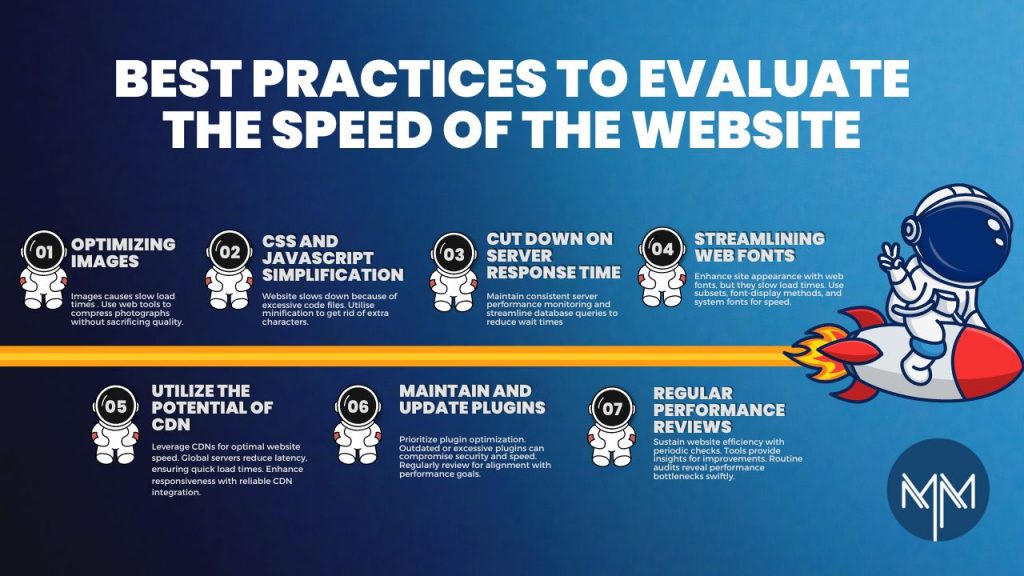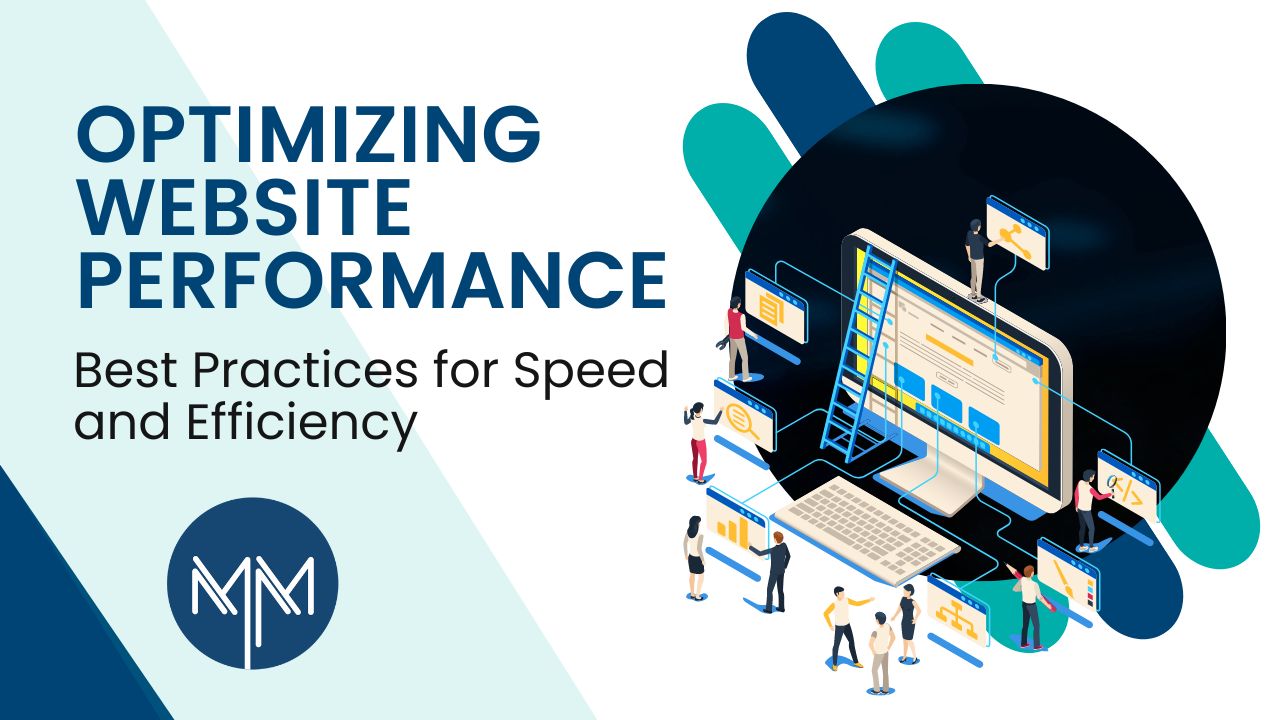Today’s fast-paced digital landscape is highly competitive, as a website’s performance can make or break its success. The initial perception of your business is significantly affected by the speed of your website. Users gravitate towards seamlessly navigable and swift-loading websites. The paramount rationale for aspiring to a high-performance website is rooted in the fact that a slow-loading experience leads to user frustration. Furthermore, it harms search engine ranks and, most importantly, conversion rates.
In this fiercely competitive digital landscape, prioritizing a robust set of best practices for website speed and efficiency is imperative. Speed optimization isn’t just about retaining user visits, it’s an investment that yields higher traffic, subsequently fueling marketing and sales. Elevate your website’s performance to secure an edge and reap the rewards of increased engagement and business growth.
With the help of this article, we will focus on the significant approaches capable of improving your website’s performance.
Implications of Website Optimization on Your Business
Website optimization is paramount nowadays, because of its profound impact on user experience, search engine rankings, and business success. A well-optimized website guarantees quick load times, decreasing user aggravation and increasing engagement. Users demand quick and easy access to information, and optimization gives just that, leading to longer visits and higher conversion rates.
Furthermore, optimized websites are favored by search engines, increasing their visibility and organic traffic. As mobile usage grows, optimization—which considers multiple devices and network configurations—becomes even more critical. Finally, website optimization immediate impact on user satisfaction, search engine performance, and company outcomes, making it a vital approach for preserving online goals and being competitive.

Best Practices to Evaluate the Speed of the Website
Optimizing images: Images often contribute to slow website load times due to their size. You can utilize numerous web tools to compress photographs without sacrificing quality. Additionally, implement responsive images to deliver appropriately sized assets based on the user’s device, reducing unnecessary data consumption.
CSS and JavaScript simplification: Excessive code in your CSS and JavaScript files may affect the speed of your website. Minification removes unnecessary extraneous characters from these files, such as white spaces and comments. As a consequence, file sizes are reduced, accelerating download times and improving functioning all around.
Cut Down on Server Response Time: A significant impediment to seamless website loading is the latency in server response. When catering to a geographically diverse audience, opting for a reputable hosting provider with ample resources and strategically positioned server locations is prudent. Uphold vigilant server performance monitoring while optimizing database queries to mitigate waiting periods effectively.
Streamlining Web Fonts: Web fonts undoubtedly elevate a website’s aesthetics, yet their impact on load times necessitates strategic handling. You can employ subsets for localized font hosting, incorporating only essential characters to reduce dependence on external services. Explore innovative font-display techniques to counter gradual text rendering. Adopting system fonts can improve efficiency even more, resulting in a better user experience.
Browser Caching for Enhanced Website Effectiveness: A straightforward but efficient method to increase page speed is browser caching. For returning users, loading times can be sped up by asking browsers to save static resources locally, such as images and stylesheets. As a result, the user experience improves and pages load more quickly since the browser can access the previously downloaded content instead of downloading it again.
Utilize the Potential of Content Delivery Networks: CDNs, or content delivery networks, are revolutionizing website performance. These networks consist of servers that are dispersed throughout the world, enabling them to provide material from the server that is closest to the user’s location. This guarantees faster load times while simultaneously reducing latency. Consider implementing reliable CDNs into the architecture of your website to improve its responsiveness and worldwide reach.
Maintain and Update Plugins: Ensuring the optimal performance of your website hinges on meticulously maintaining plugins and third-party scripts. Outdated or excessive plugins can compromise both security and loading speeds. Align your plugins with the performance objectives of your website through regular, comprehensive reviews. This practice underpins a secure and swift user experience.
Regular Performance Reviews: Regular performance checks are required to maintain a high degree of website efficiency. Several tools can offer helpful insights into areas that want development. You can quickly detect performance bottlenecks by carrying out routine audits.

Conclusion
In summary, elevating website performance requires a comprehensive strategy. Implementing the aforementioned best practices can significantly improve website speed and efficacy, providing consumers with a seamless and delightful surfing experience.
Beyond enhancing user satisfaction, a finely optimized website augments SEO outcomes, conversion rates, and overall business performance. In navigating the dynamic digital landscape, vigilance, adaptability to new technologies, and ongoing performance assessment are pivotal for success.
If you encounter the challenges of a slow-loading website, consider seeking consultation from Matrix Media Solutions’ team of experts. Our proficiency lies in optimizing website performance, addressing underlying concerns to elevate loading speed and subsequently augment website traffic. Your pursuit of an optimized digital presence finds a trusted partner in us.


 June 17, 2022
June 17, 2022

